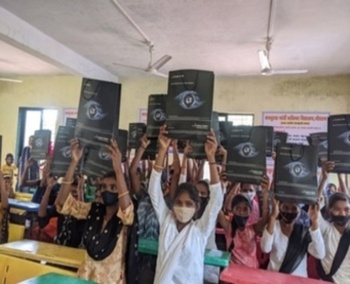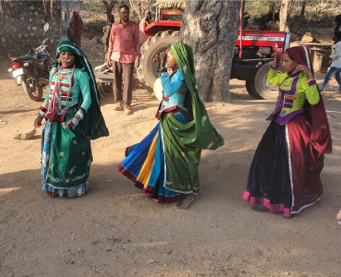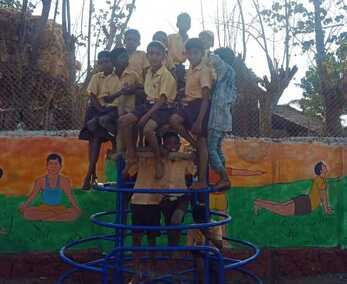Why Education is Key to Breaking the Cycle of Poverty, and how light enables it
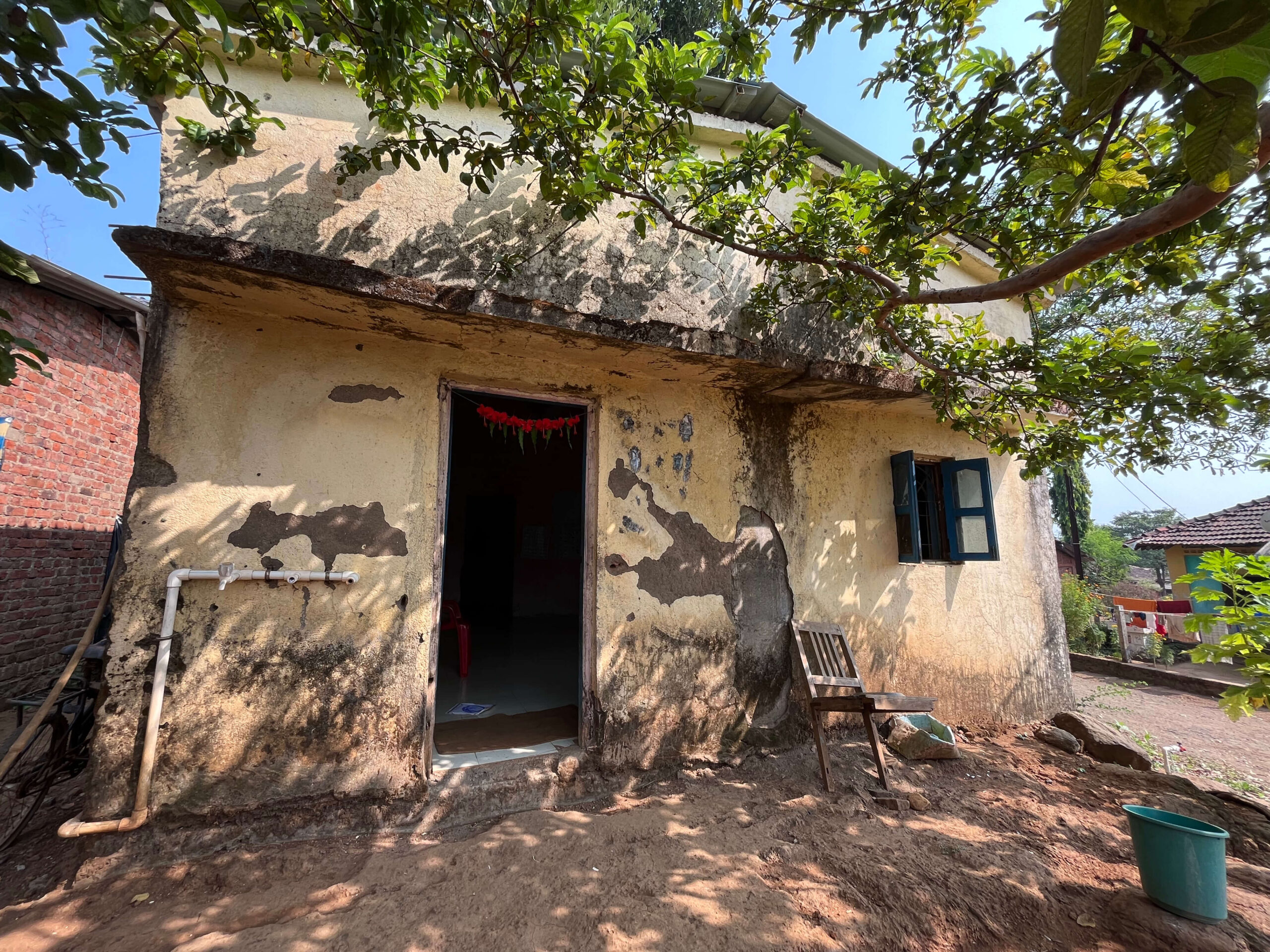
Poverty works in cycles like a complex puzzle, refusing to fade away. And one of its most effective methods to interrupt its passing along is education. To many underprivileged children, there is no luxury in receiving quality education; it is pivotal to their survival. The link between education and poverty is undeniable: People are empowered through education to acquire knowledge and obtain needed skills and self-confidence that help them to seek better opportunities, make wise decisions, and promote community development.
At Project Chirag, we understand that educational materials are useful, but an ideal environment to learn is also vital. Lack of crucial infrastructure in the rural schools, especially in the one on lighting, denies the students time for study, hence creating the need to regulate the performance of the students. Through our integrated school development program, we address these gaps, ensuring that children have the resources they need to succeed.
The Transformative Role of Education in Reducing Poverty
Education as an Economic Equalizer
The importance of education for poor children lies in its ability to level the playing field. Poor children frequently cannot manage to overcome the cycle of informal, low-wage jobs without education. However, studies show that:
- According to the World Bank, a person’s earnings have been found to mainly increase by up to 10% if they spoke one more year in school.
- Secondary schooling goes a long way towards minimising the possibility of sliding into poverty – by more than 50% in many cases.
- Education can give children a better chance to find better jobs, which in turn can help raise the next generation from financial deprivation.
Health, Nutrition, and Long-Term Well-Being
Education not only influences earnings but also greatly improves health and wellness. Educated individuals:
Learn how to take care of themselves and their families better, and as a result the lower the child mortality.
They are better prepared to make decisions on health care, hence, they help prevent the family from facing financial constraints from healthcare costs.
Emulating education leads to a chain reaction, ultimately improving the general quality of life of communities.
Gender Equality and Social Change
In poorer environments, oftentimes cost or old traditions make it so that girls are the first that fall out of school. However, there are large benefits of educating girls:
- Women who are better educated are more likely to postpone marriage and bear fewer children, which is good for family health.
- According to UNESCO statistics, educated women usually spend 90% of their pay packets on their homes.
Community growth is faster if girls are educated and empowered.
Barriers to Education and Poverty
There are clear advantages of education, but much of children are denied access to education due to:
Lack of Infrastructure
Rural learning centers tend not to have classrooms, electrical systems, and relevant books and materials. Without proper lighting pupils cannot study after the hour when light is available diminishing their learning opportunities significantly.
Financial Constraints
For families that find themselves in a financial struggle, survival needs superseded education and therefore there are high dropout rates.
Poor Quality of Education
Even though there are schools, old-fashioned pedagogy and untrained teachers frequently result in insignificant learning progress by students.
This is where integrated school development comes in—a holistic approach that tackles these challenges systematically.
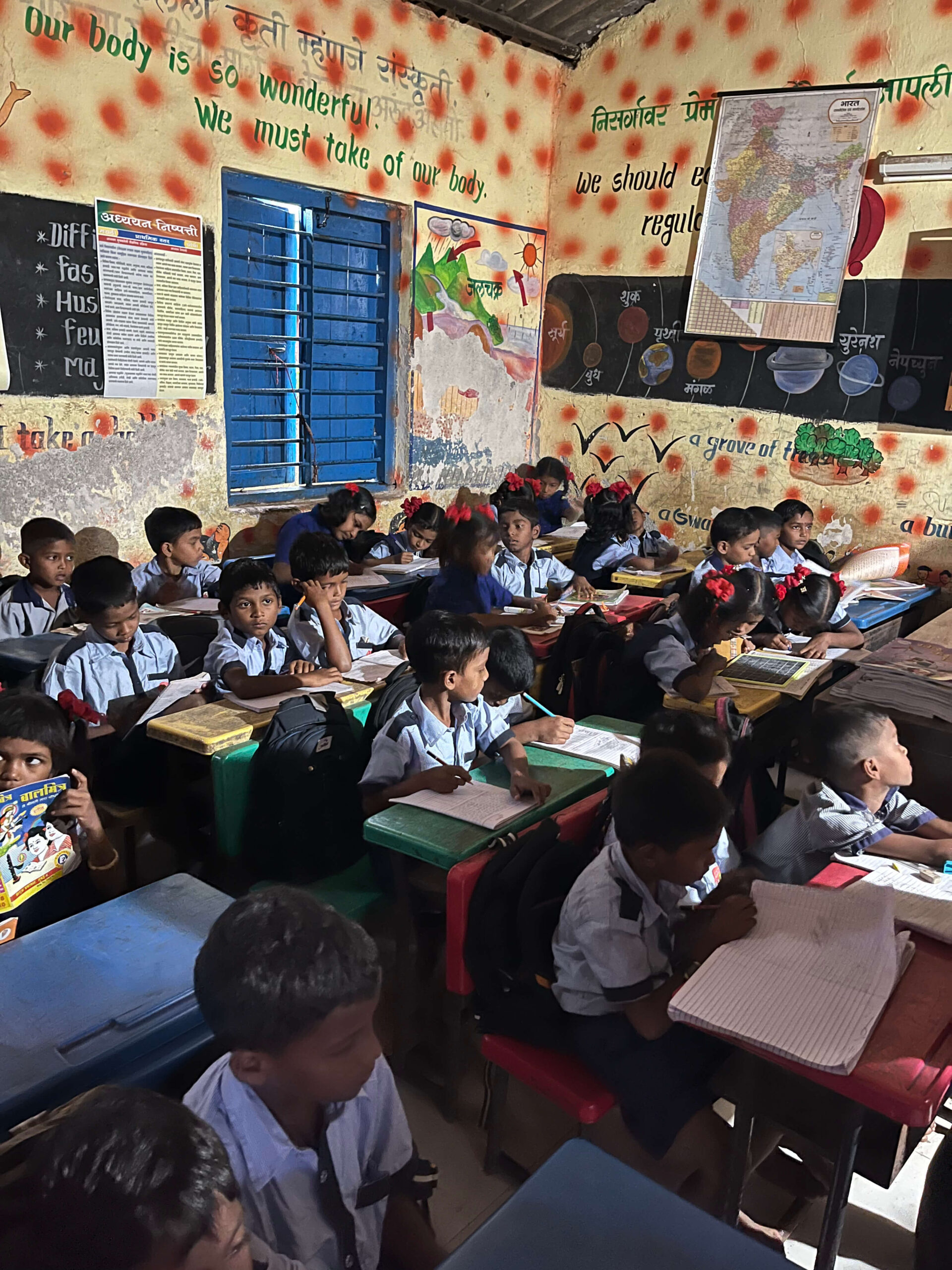
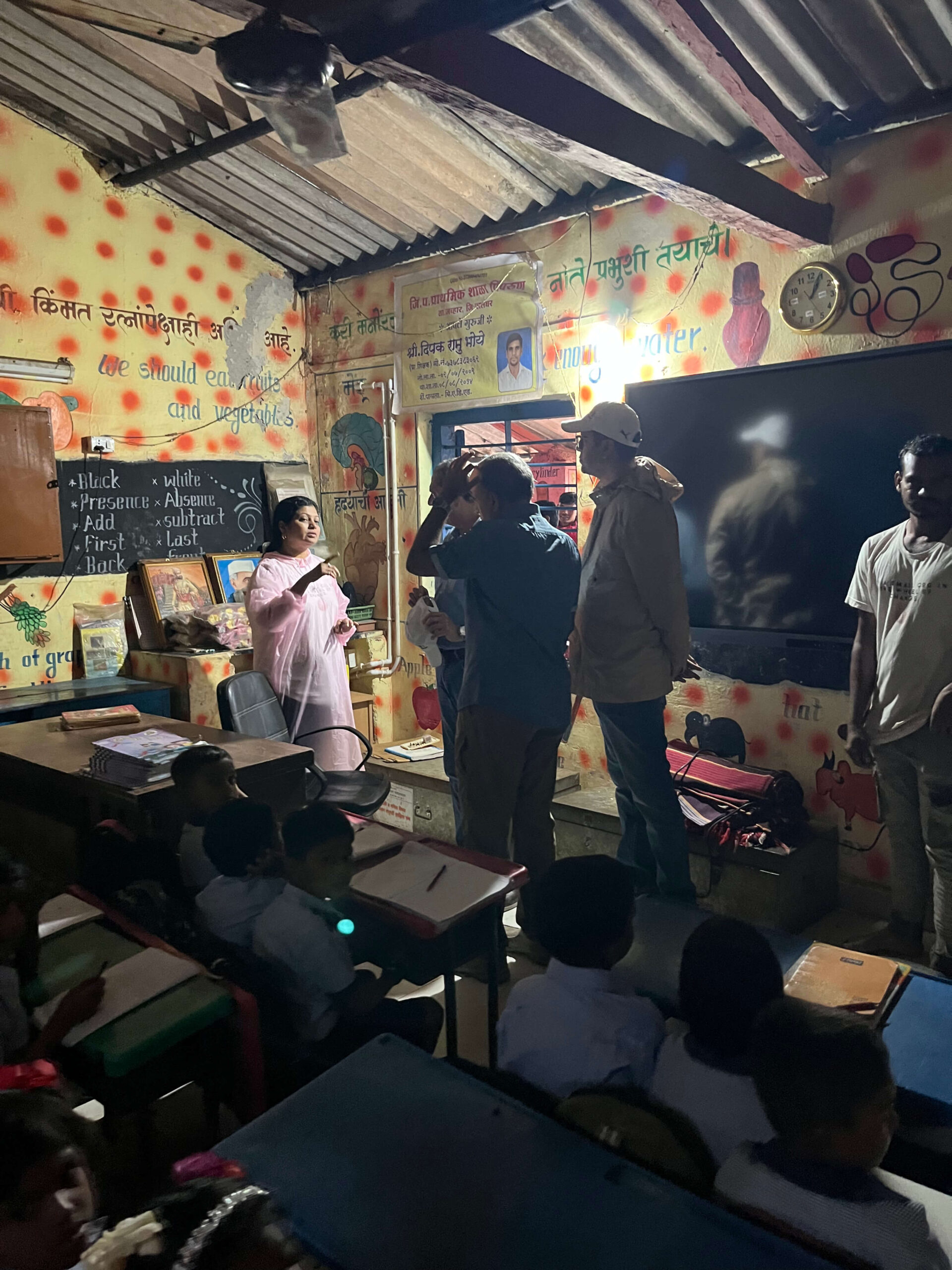
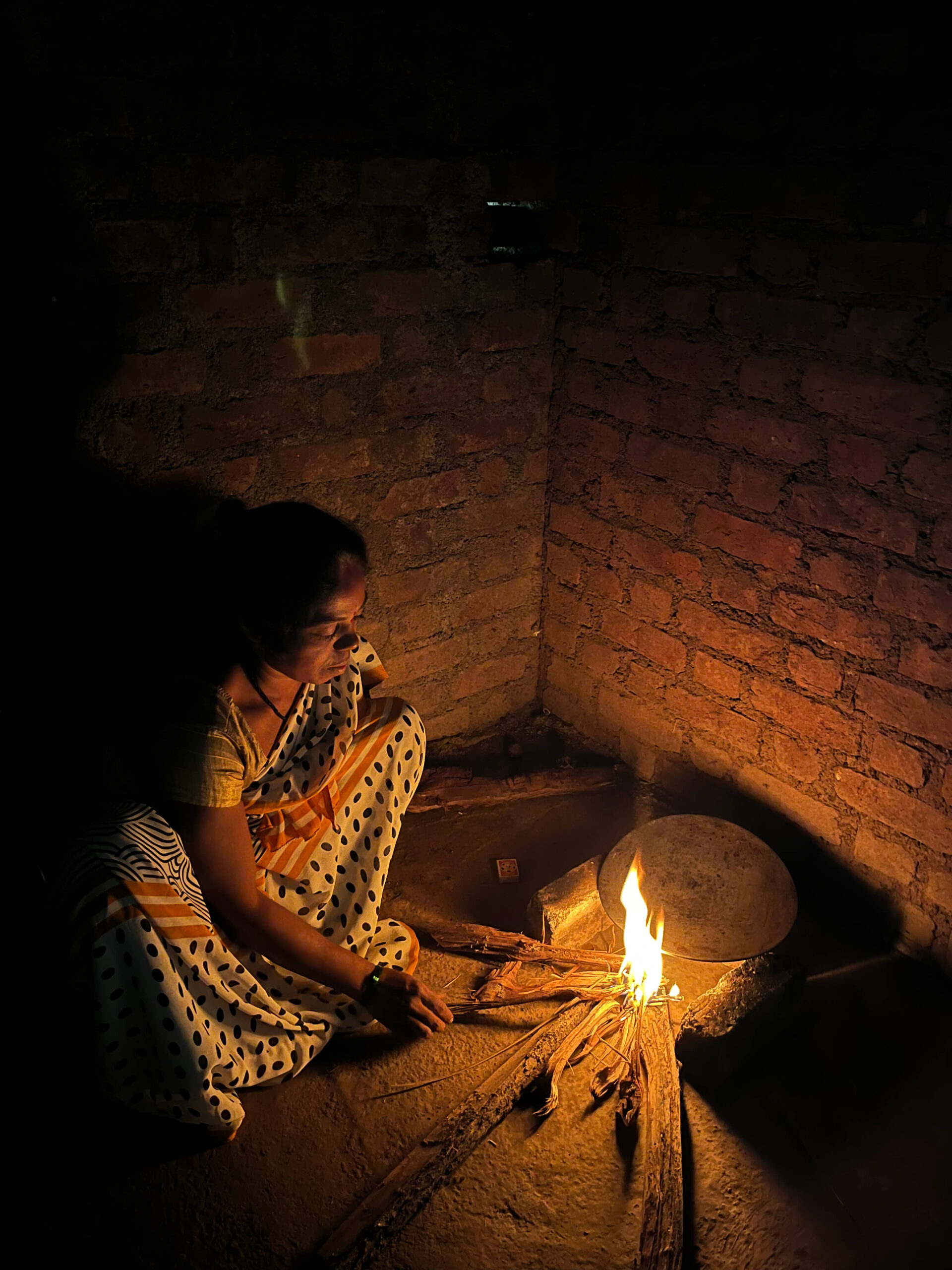
How Integrated School Development Programs Create Lasting Change
According to Project Chirag, a solid foundation is important for effective education. Our program for integrated school development will be:
Lighting Up Classrooms
During the absence of electricity, rural schools often abandon their students in poor conditions and even dangerous environments to learn. We install solar-powered lights, extend study hours, and improve academic performance.
Improving School Infrastructure
By enhancing the classroom, ensuring water is safe, we ensure that schools are safe and nurturing learning spaces.
Teacher Training & Learning Materials
We take care of the teachers who demonstrate advanced teaching approaches and equipment to improve the quality of learning.
Community Engagement
We work closely with parents and local leaders to emphasize the importance of education to reduce poverty, ensuring long-term participation and support.
This focus on critical areas enables us to establish a supporting system that fosters excellence in academics and enables students to escape poverty.
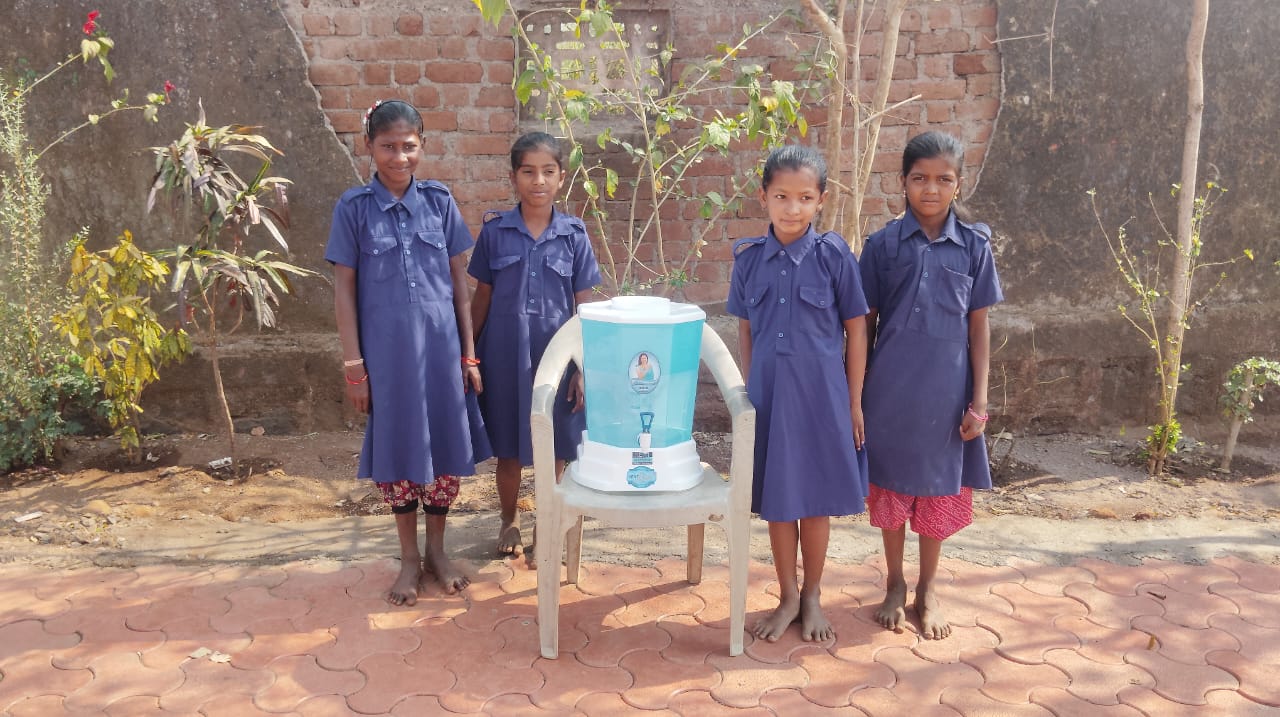

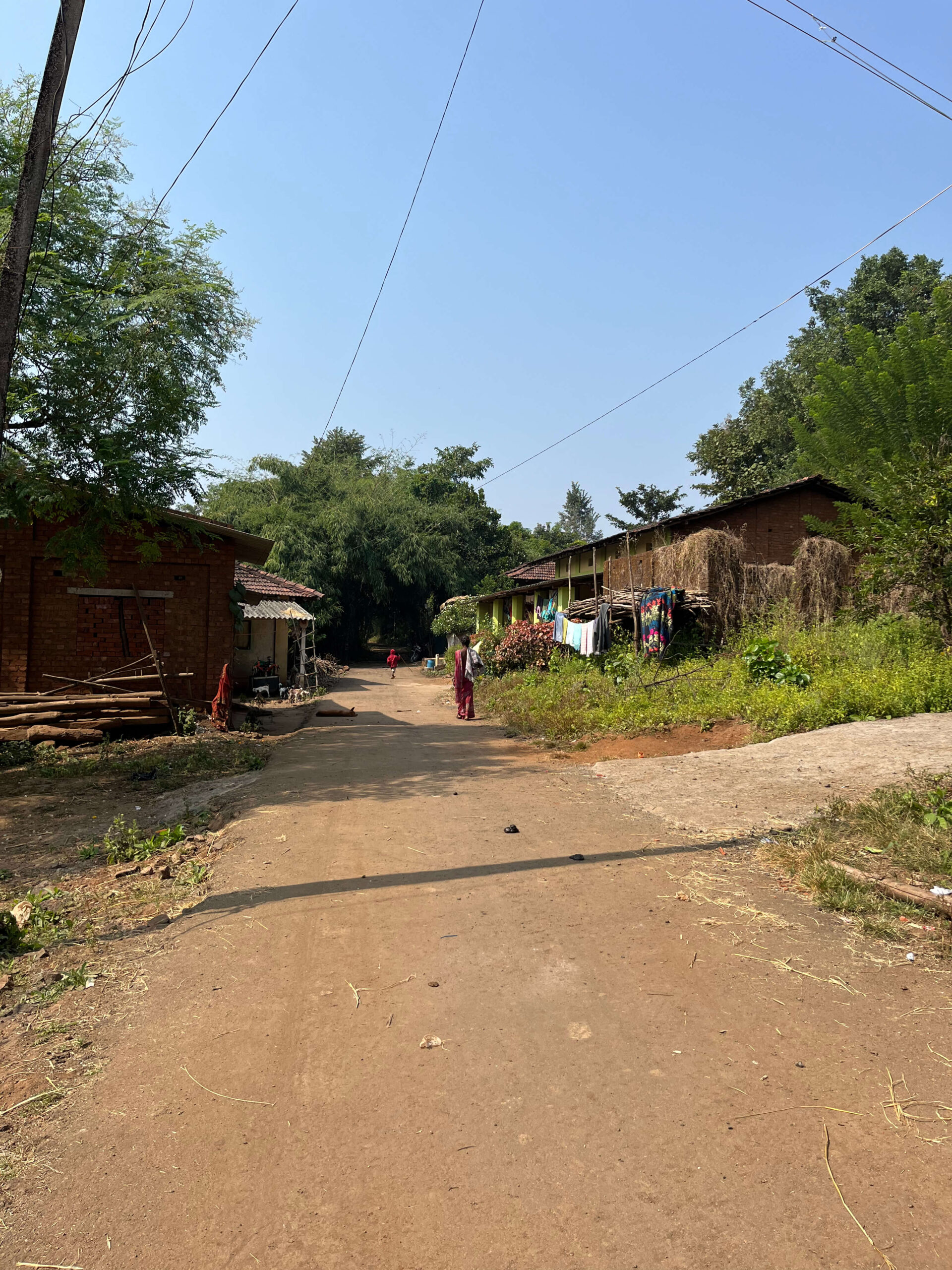
Why Light Is a Game-Changer for Education and Poverty
Imagine what it would be like to focus in complete darkness. Darkness is a daily reality for so many children. Without light:
- The study of homework becomes impossible for students after evening begins.
- As soon as it gets dark, schools can no longer deliver evening classes or extra academic assistance.
- Girls who feel unsafe are most likely to drop out, and this probability increases.
Project Chirag’s solar energy projects for school students help illuminate schools and:
- Extend the study schedule to increase academic achievement and learning retention.
- Permit girls to stay safe as a means to increase the number of those enrolled.
- Promote nighttime education of adults for the good of entire communities.
The Way Forward: How You Can Help
The fact that ensuring education fights poverty is obvious, but all constituents have to work together in this. Here’s how you can contribute:
- Donate for students development to bring light and learning to more schools.
- Volunteering – Share your professional knowledge for teaching, fundraising, or working in community outreach programmes. 3. Help create awareness on how important education is in helping poor children get out of poverty.
Each child should receive an opportunity to learn, develop, and get out of poverty. Together, we can make a difference with everyone’s help.
The question, “Why is education important to reduce poverty?” has a simple answer: Because it works. Education opportunities lift people and drive powerful economies and provide long-term social development.
Our strategy of Project Chirag combines education and hands-on action, such as solar lighting, to provide the greatest outreach to everyone. By choosing to back integrated school development, you’re more than giving money. You’re empowering hope for future generations.
Join hands with us to change lives, one school and one child at a time.
